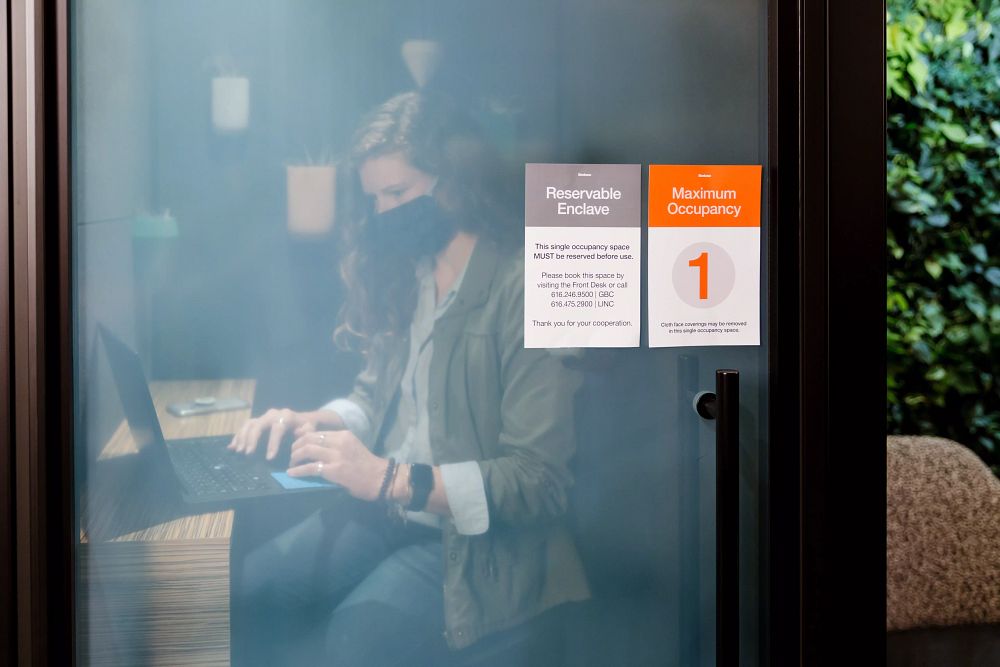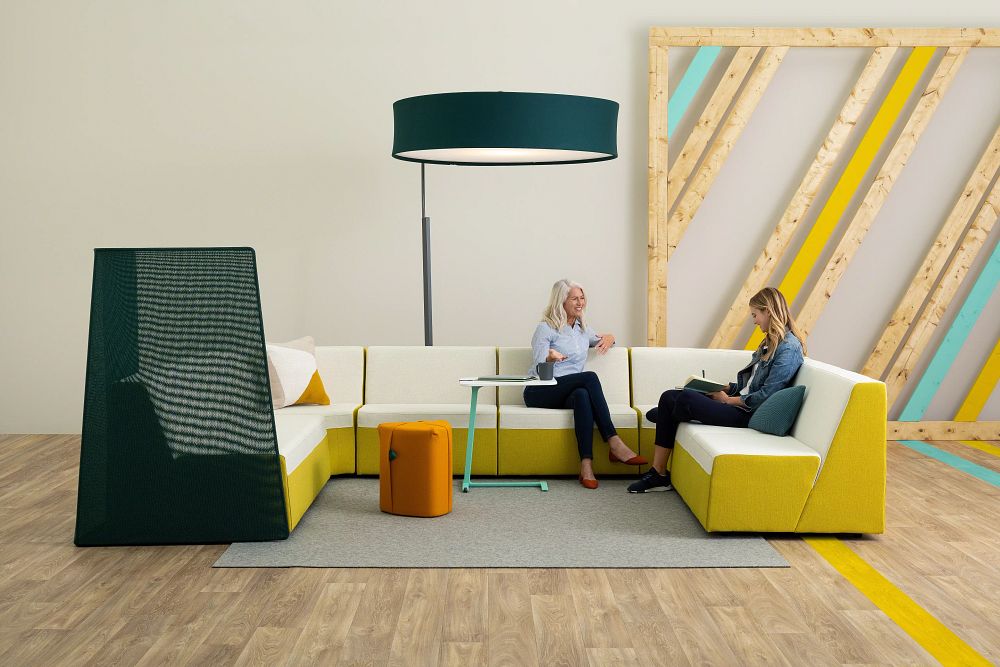It’s déjà vu all over again. Here we are, nearly two years into the pandemic and businesses are still pushing back their return to office dates. Of course, the safety and health of everyone is top of mind, and with COVID-19 variants ruling the day, many employees simply are not comfortable going back. But the question is, will they ever be?
As a result of this universal employee discomfort and uncertainty, many businesses are tossing their return-to-office plans out the window or amending them based on the current landscape and realizing the only predictable thing about this pandemic is how unpredictable it is.
Developing policies and procedures amidst uncertainties
After a few false starts, Apple finally conceded that its return to office day will happen at “a date to be determined.” Other tech companies like Facebook and Google are doing the same. Even Citigroup, which wanted its employees in New York, Chicago, Boston, Washington, DC and Philadelphia in the office at least two days a week starting in mid-September, pulled back that requirement in mid-December, telling employees they could work remotely at least through the holidays amidst the Omicron surge. Of course, companies are allowing employees who feel comfortable doing so to come to the office, but it’s not mandated.
Instead of focusing on return-to-office dates, companies are instead adopting more nuanced workplace processes and procedures that would vary the number of employees in offices depending on the COVID-19 infection rate. That’s because businesses will always have a segment of their workforce coming into the office at least a few days a week, even after the current wave ebbs or the pandemic loosens its grip for good. This means that along with those new processes and procedures, businesses also must address the needs of those who want to return as well as those who want to work from home and those who want a combination of the two.

Ensuring employee voices are heard with “stay interviews”
Regardless of where they’re working, recognizing and acting on the needs of all employee groups will be key for planning RTO, especially amidst the highly-publicized “Great Resignation.” While surveying employees has long been the go-to means of gaining feedback, leaders are now conducting “stay interviews” to obtain more meaningful and actionable insight.
Typically conducted by direct managers, stay interviews collect feedback like levels of happiness, productivity, interpreted value, and their feelings about mandated in-office time, which will likely impact retention rates. It also is an excellent tool to help businesses understand what will make employees comfortable about returning to the office, and how they can design the office to mitigate risks and make employees feel safe.

Navigating the new office
There’s a difference between being safe and feeling safe, according to Donna Flynn, Vice President of Global Talent for Steelcase. “When you are asking workers to come back, you have to think of it as bringing them home again. Things are familiar but think of it more like they are returning to a remodeled home,” she told the Society for Human Resource Management (SHRM). She recommends helping employees learn about the new space and its features gradually so that they can get comfortable with the change. Much of that change includes reconfiguring the office to encourage collaboration and socialization. This means designing smaller or more adaptable spaces to accommodate those who do come into the office, according to a ComputerWorld article.
To aid this, Google is rolling out “Team Pods,” which are highly adaptable spaces that have all the elements of a traditional office but can easily be reconfigured with furniture and partitions based on each teams’ needs. Microsoft is outfitting its office conference rooms with eye-level wall cameras and screens to allow remote employees to maintain eye contact with in-office colleagues as if they were face-to-face.
There’s no doubt it’s a whole new world when it comes to the working landscape. The way an office looks and functions is going to be much different in the months and years ahead, and businesses will need to adapt now to accommodate the wishes of their employees if they want to attract and retain talent.
You don’t have to go it alone; we’re here to help you brainstorm ideas and navigate your return, whenever that may be!
Ready to get started? Get connected with your local Atmosphere team.

